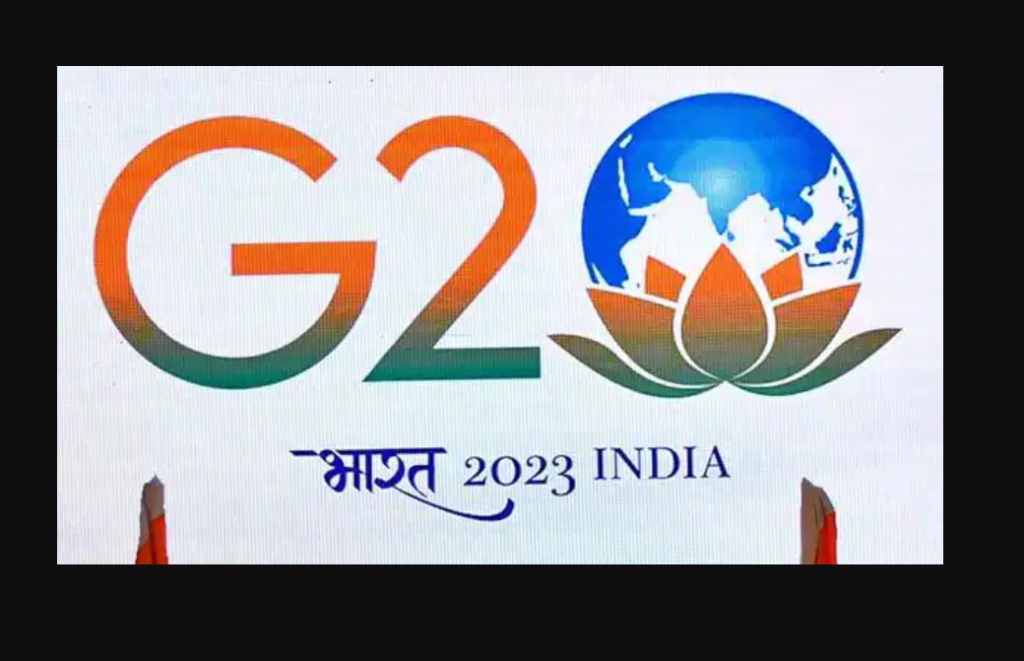As a nation, India has been making waves in the world of women’s rights especially in the recent years. The Center for Global Development Studies found that India’s policies have helped empower women and reduce gender inequality. India is rapidly moving from the paradigm of women’s development to women-led development. Economic empowerment of women is at the heart of India’s G20 agenda. It is well summed up in Prime Minister Narendra Modi’s remarks at the G-20 summit in Bali that “global development is not possible without the participation of women.”
Women empowerment is not just an option but a necessity. Because it’s about investing in improving outcomes, healthier communities and stronger economies. The principle of gender equality is enshrined in the Constitution of India, and the government has always been committed to promoting gender equality in all sectors and levels of governance. Financing for gender equality is central to reducing gender inequalities. Gender budgeting is an important strategy in this endeavour.
Under India’s G20 Presidency, we endeavor to showcase India’s initiatives, measures and ground action for economic empowerment of women by both government and private sector for replication by G20 countries.
Over the decades, our government and civic bodies have made a lot of efforts to empower women in the country and give them equal opportunities. India has made various policies that empower women to improve their livelihood.
The country’s Nari Shakti Yojana, which funds women entrepreneurs by providing easy loans, the Women in Engineering, Science and Technology (WEST) program to encourage women to pursue education in STEM subjects, and the Women Entrepreneurship Platform (WEP) , a unified access portal that brings together an ecosystem for women, have all contributed significantly to enabling women in India to realize their entrepreneurial aspirations.
It is noteworthy that the Prime Minister’s Employment Generation Program (PMEGP) has funded over 107,000 women entrepreneurs between 2016 and 2021. In addition, the government has mandated targeted procurement from women entrepreneurs.
In addition, Indian law provides for the reservation of one-third of the seats for women in village panchayats, panchayat committees, district councils, municipalities and municipal corporations. Around 21 states have mandated 50% representation, which has helped in creating a local-level ecosystem for women’s upliftment and encouraging women’s participation in economic activities. There are many success stories of Self Help Groups (SHGs) across India which contribute significantly to the development of women.
The status of women in corporate enterprises in the country has developed significantly, especially in the service sector. For example, in banking and financial services, women’s representation has grown to 31% of the sector’s workforce. In India’s media sector, this figure is 30%. In new age service sectors like consulting, women account for 45% of the workforce. In IT services and IT-enabled services sector, women constitute 34-36% of the workforce.
Women entrepreneurs are also not far behind. In India, women are estimated to own and run over 12 million micro, small and medium enterprise (MSME) units. Women-led enterprises account for more than 20% of MSME units. Evidence supports the observation that increased internet and mobile penetration has led to a substantial increase in women entrepreneurship in the country. With agribusinesses included in the count, India has more women-owned enterprises than many other countries. Women also dominate grassroots enterprises. For example, 80% of the 490,000 artisans in Khadi Village Industries are women. SHGs have become a preferred model for helping women at the grassroots through government programs and Corporate Social Responsibility (CSR) initiatives.
There is no easy solution to gender inequality. Nevertheless, recent policy initiatives by the Government of India help to illuminate key areas where change may be possible. They also serve as an inspiring reminder that through public advocacy and partnerships with private corporations, both in India and abroad, there are ways for us to continue moving closer to gender equality throughout the developing world.
Going forward, we need to focus on three critical areas: women in STEM, women-led enterprises, and women at the grassroots. These will have a huge impact on women’s empowerment and help G20 economies reduce the gender gap and inequality, as envisaged under the United Nations Sustainable Development Agenda.
Under India’s G20 Chairmanship, the ‘Empower’ initiative of the G20 will be inclusive, decisive, result-oriented and action-oriented. No one can achieve this more than the women of the world. I am confident that we will be able to take this cause forward and bridge the gender gap through a collaborative framework for women empowerment.
Sangita Reddy is the Chairperson of G20 Empower, Joint Managing Director of Apollo Hospitals Enterprises Limited and former President of FICCI
Article Credits: Bharat Times

Pingback: Aparajita Rai: Forging History As Sikkim’s First Female IPS Officer, Illuminating Paths Of Empowerment - SLSV - A global media & CSR consultancy network
Pingback: G20: 2nd women-centric development meeting to be held in Kerala starting Tuesday - SLSV - A global media & CSR consultancy network
Pingback: Women Have Found A Powerful Way To Form Authentic Connections In Business – Mentoring Walks - SLSV - A global media & CSR consultancy network